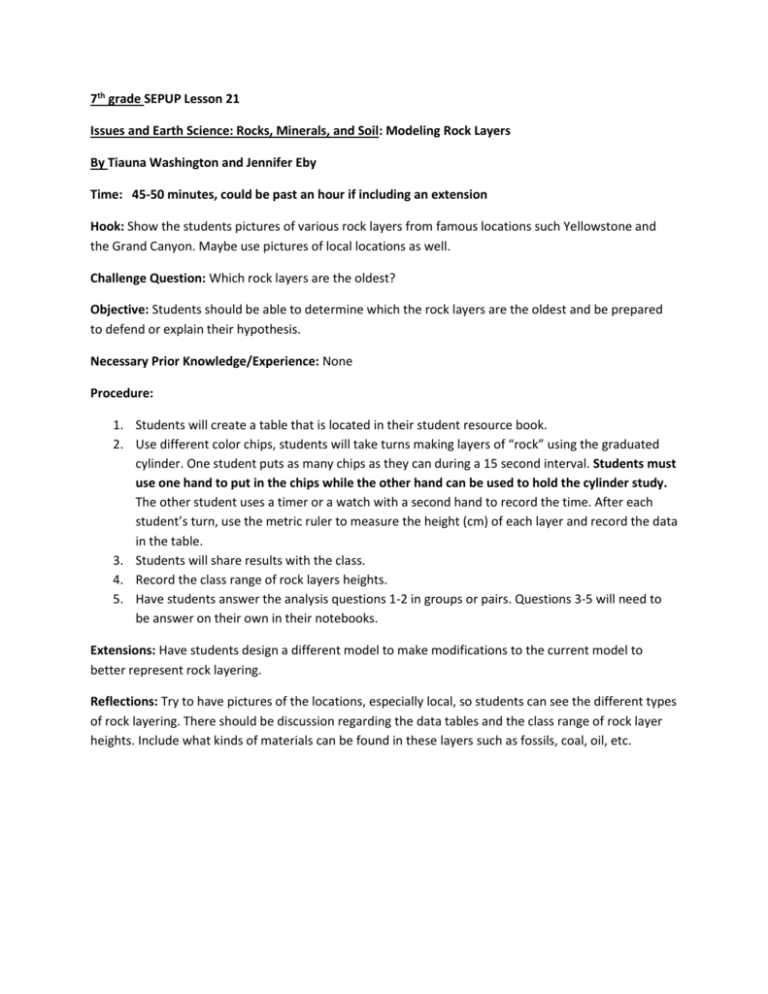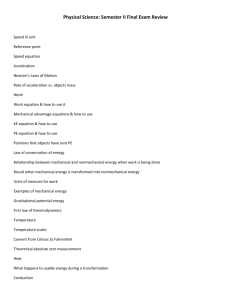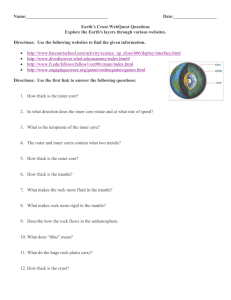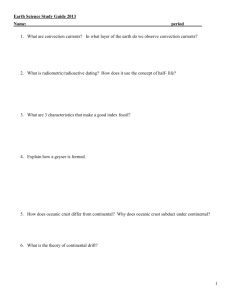Rock Layers
advertisement

7th grade SEPUP Lesson 21 Issues and Earth Science: Rocks, Minerals, and Soil: Modeling Rock Layers By Tiauna Washington and Jennifer Eby Time: 45-50 minutes, could be past an hour if including an extension Hook: Show the students pictures of various rock layers from famous locations such Yellowstone and the Grand Canyon. Maybe use pictures of local locations as well. Challenge Question: Which rock layers are the oldest? Objective: Students should be able to determine which the rock layers are the oldest and be prepared to defend or explain their hypothesis. Necessary Prior Knowledge/Experience: None Procedure: 1. Students will create a table that is located in their student resource book. 2. Use different color chips, students will take turns making layers of “rock” using the graduated cylinder. One student puts as many chips as they can during a 15 second interval. Students must use one hand to put in the chips while the other hand can be used to hold the cylinder study. The other student uses a timer or a watch with a second hand to record the time. After each student’s turn, use the metric ruler to measure the height (cm) of each layer and record the data in the table. 3. Students will share results with the class. 4. Record the class range of rock layers heights. 5. Have students answer the analysis questions 1-2 in groups or pairs. Questions 3-5 will need to be answer on their own in their notebooks. Extensions: Have students design a different model to make modifications to the current model to better represent rock layering. Reflections: Try to have pictures of the locations, especially local, so students can see the different types of rock layering. There should be discussion regarding the data tables and the class range of rock layer heights. Include what kinds of materials can be found in these layers such as fossils, coal, oil, etc.











